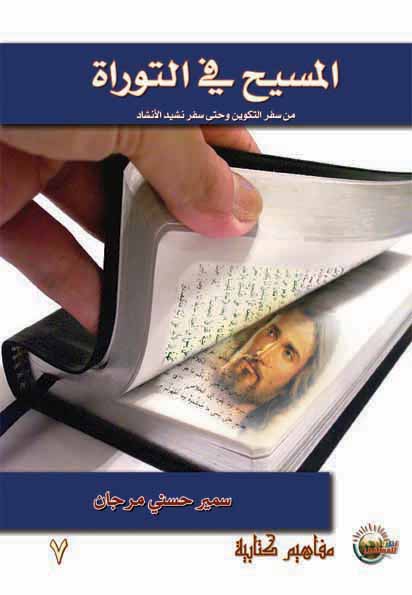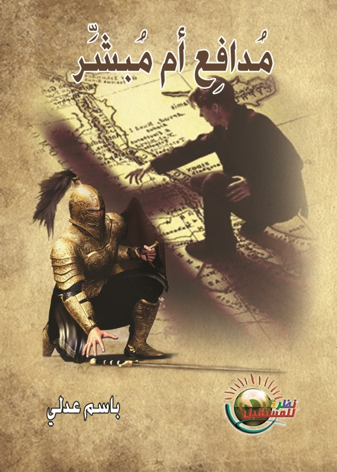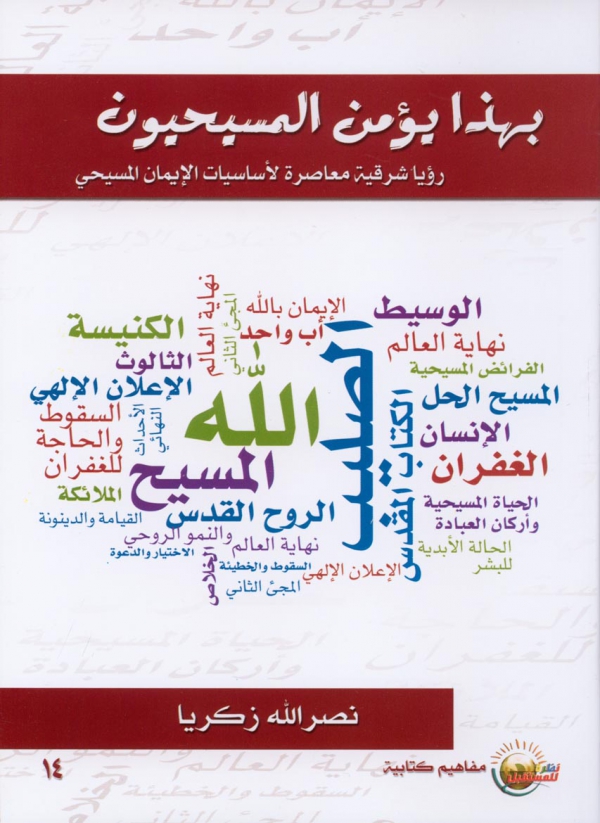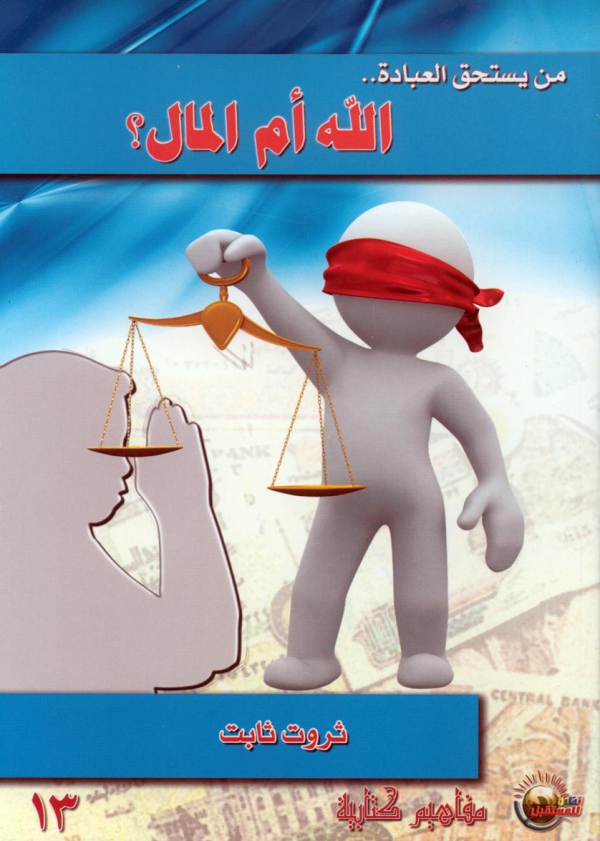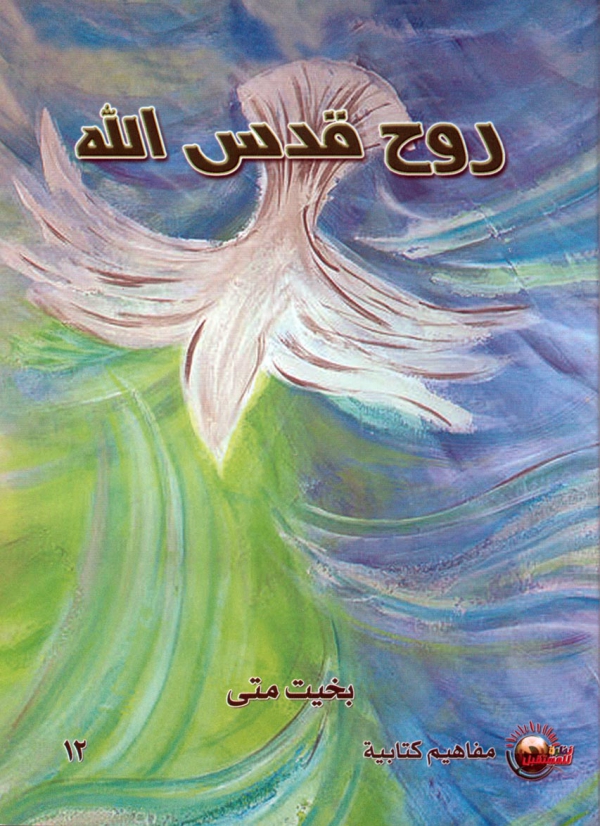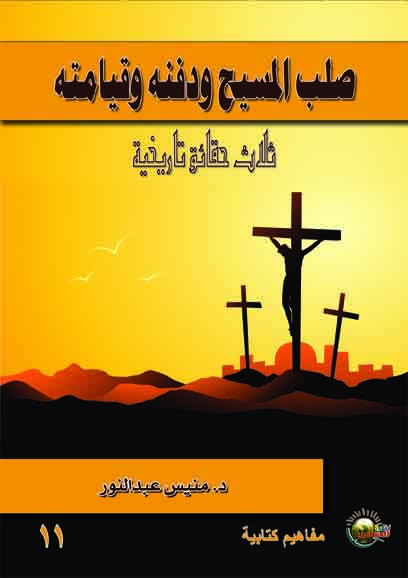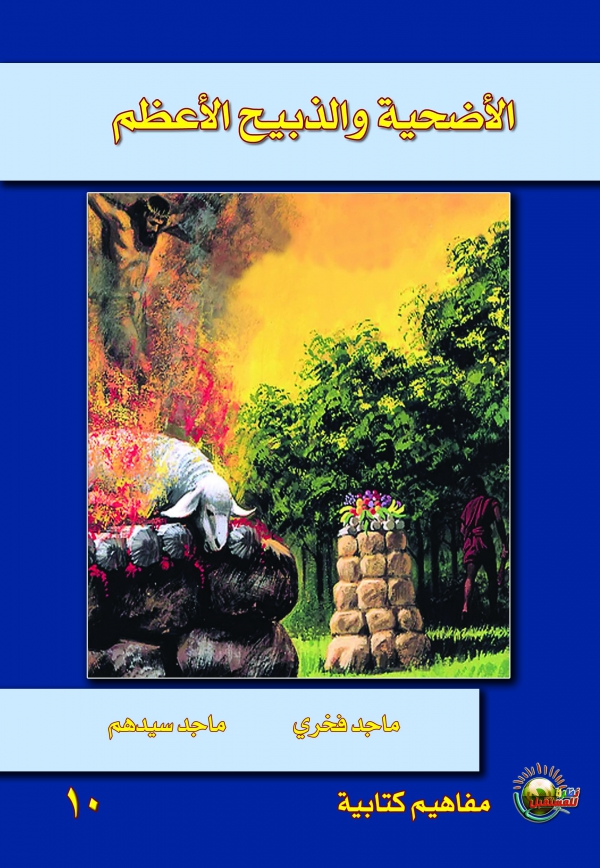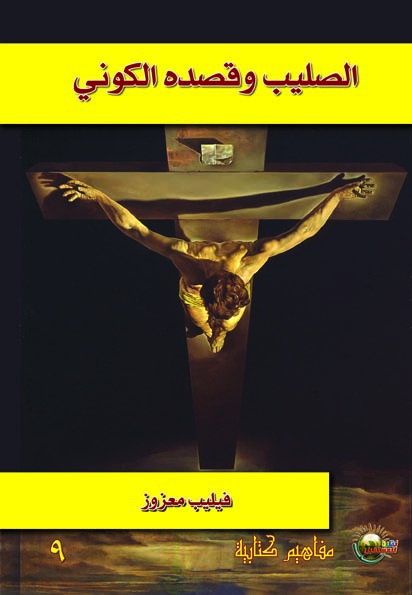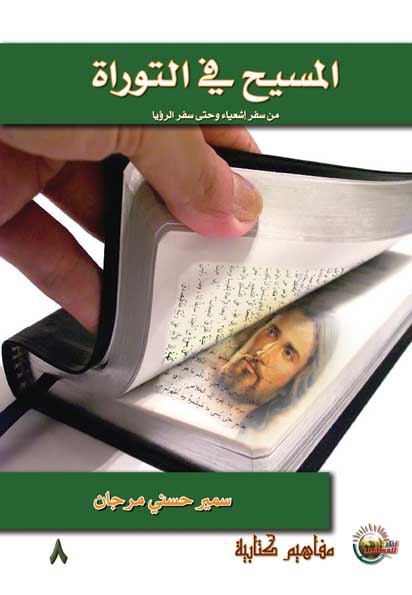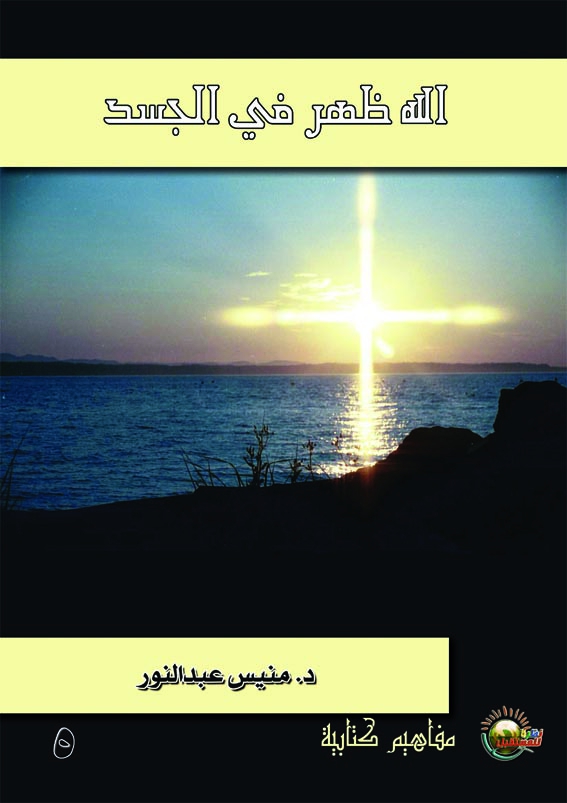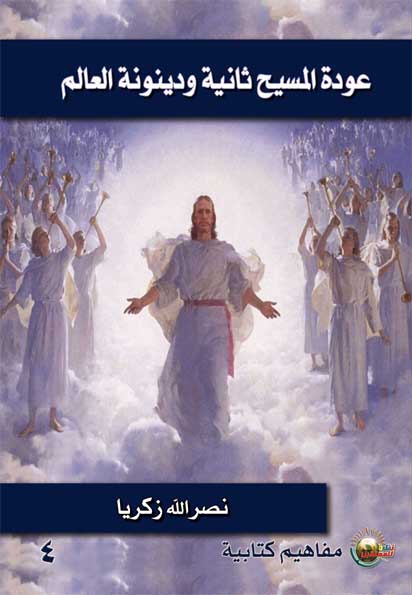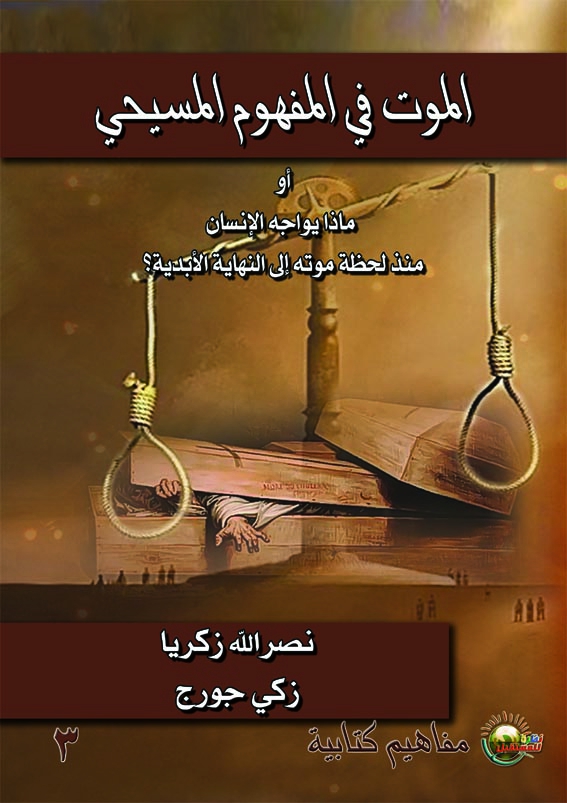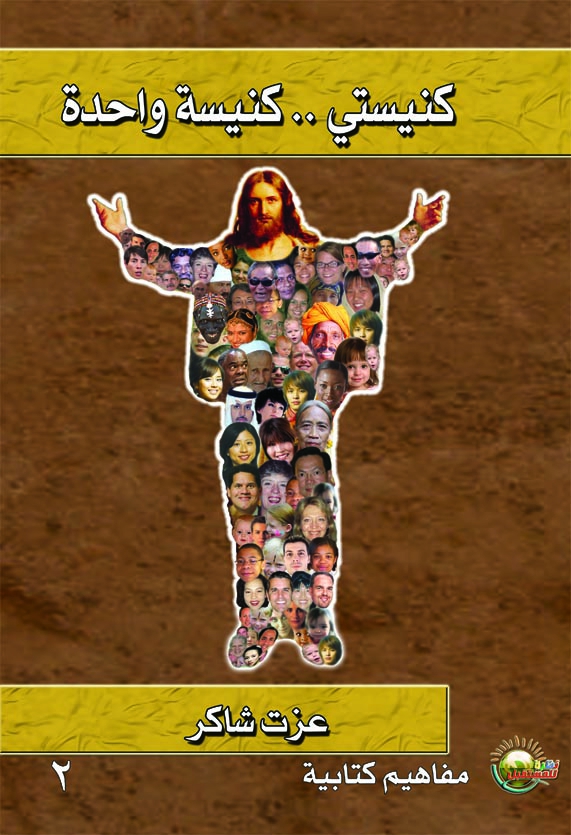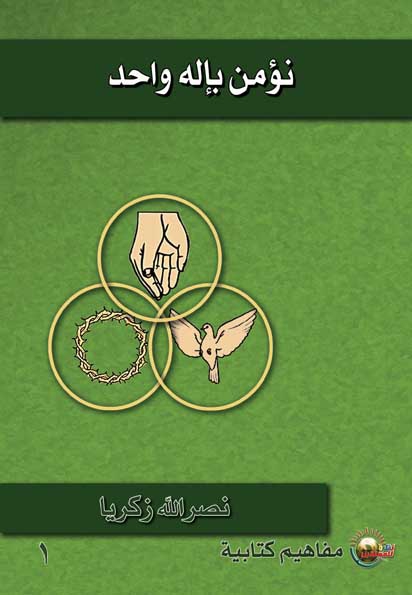Biblical Concepts
There is no doubt that we are all prone to stumbling in our spiritual life due to the wrong concepts of theology which we have formed in our minds. This series is designed to discuss key spiritual concepts in a way that reveals and clarifies biblical truths and is comprehensible to the contemporary Arabic mind.
Christ In The Torah Part I- From Genesis To Song Of Songs
Author: Dr. Nagy Maurice
Publisher: Vision For Future
That Jesus Christ is the Savior of the world is the central axis of the Holy Bible. We cannot understand the Bible without focusing on this axis. All the books of the Bible talk about Christ. We cannot explain any of its books in a manner inconsistent with the character of Christ and his work. When we consider the message and story of the Bible, and the implications and different incidents therein, we find that the whole Bible talks about a Christ who will come to save the world from sin.
The Old Testament paves the way for his coming through prophecies, examples and multiple symbols. From the Garden of Eden, when he makes a promise to Eve (Genesis 3), God begins to declare His plan of salvation for mankind, telling her that her offspring will beget the Savior who will crush the head of the serpent (Satan), while Satan will himself bruise the heel of the Savior.
This message is contrary to the laws of nature from a human perspective. Jesus Christ is the only person in existence that can be called the seed of the woman. People came from the seed of man, but Christ alone was born of the seed of the woman. He did not have a human father.
When Eve heard these words from God in the Garden of Eden, she thought that her eldest son would be the one who would crush the serpent's head, so she named him Cain. However, Cain was a descendant of Adam, and not from the Lord. The bells of prophecies continued to knock in the Old Testament and declared that the promised person would be born from Abraham's offspring.
This promise was later confirmed for Isaac, the son of Abraham, and then Jacob, the son of Isaac, who had twelve children. Before the death of Jacob, he gathered his children and blessed them. He predicted that his son Judah would beget the promised person. This prophecy continued in the Old Testament and declares that the Savior would be born from a virgin. Years passed, but the prophecy revealed new dimensions and details about this savior, whom generations would wait for, to be born in Bethlehem of Judea. What we read about Christ's death in the book of Isaiah was written seven hundred years before it happened.
After He fulfilled the prophecies and everything written about him, Jesus ascended to heaven. All humanity is waiting for His blessed coming to fulfill the rest of prophecies, to take all believers, and to establish his kingdom. He kept his word and fulfilled all previous prophecies. We are now expecting him to complete the rest of the prophecies.
In "Christ in the Torah," the author takes us on a journey into the depths of the Bible to read the testimonies given by the prophets of the Old Testament about this wonderful Savior and how these prophecies were fulfilled in the New Testament.
During this journey, the author tackles the symbols of Christ in the Old Testament:
Firstly, the meaning of the symbol (or simile, or metaphor) is that they are similar in a point (or more than one), and conversely, this means that they are not similar in everything. With this in mind, we consider the diversity of the Old Testament's Christ-centered symbolism:
1. The Lord allowed a number of key characters from the Old Testament to become symbols of Jesus Christ, in some aspect.
2. Sacrifices were symbolic, and help us understand Christ
3. All of the Jewish feasts were fulfilled in Christ
4. Many historical events have purpose and messages pointing to Christ
5. The prophecies of the Old Testament fulfilled in the life of Christ prove that He is the Messiah.
These various uses of symbol can be arranged according to the order of the verses in the Old Testament and their fulfillment in the New Testament, such as...
1. Prophecies about his coming and birth
2. Prophecies about his nature
3. Prophecies about his ministry
4. Prophecies fulfilled in one day
5. Prophecies about the events happened after his burial
6. Prophecies about Christ's eternal kingdom
When we study the prophecies, we find that twenty-nine of the prophecies of the Old Testament were fulfilled in one day, which point to the betrayal of Christ, his trial, his death, and his burial. Different prophets talk about these prophecies over five centuries from 1000- 500 B.C. They were fulfilled in Jesus during the last twenty-four hours of his life.
Forty-nine prophecies were fulfilled in Christ's crucifixion and resurrection.
The importance of prophecy:
1. It indicates that there is one divine thought in the Old and New Testaments.
2. It proves the truth of God.
3. It demonstrates the deity of Jesus.
4. It proves the inspired Scripture.
The goals of prophecy:
1. It points out that God is the true God and He is Omniscient.
2. It reveals that everything submits to the divine will.
3. It tells us about the Messiah when He comes because he fulfilled the prophecies.
Christ's Testimony about the Scriptures:
- "For if you believed Moses, you would believe Me, for he wrote about Me," (John 5:46)
- "If David then calls Him 'Lord,' how is He his son?" (Matthew 22:45)
These verses assist us to look for Christ in the Old Testament and prove them. Those who believe in Christ as God and a man see in his words a proof for what he said about himself. For example, Jesus would not have said, "Abraham rejoiced to see my day," if Abraham was a myth. He would not have stated, "Moses wrote about me," if the books of Moses were written hundreds of years after him. He would not have quoted the verse that proves his Lordship from Psalm 110, "The Lord says to my Lord: "Sit at My right hand until I make Your enemies a footstool for Your feet."
Jesus used God's Word to blame the Pharisees, because they gave their traditions the same stature as the Law of Moses, saying to them, "thus invalidating the word of God," (Mark 7:13). Another incident has him speaking to a leper, "And Jesus said to him, 'See that you tell no one; but go, show yourself to the priest and present the offering that Moses commanded, as a testimony to them,'" (Matthew 8:4).
When Jesus began his ministry in the synagogue, he used the words of the prophet Isaiah. At the point of his death, Jesus uttered seven words on the cross, three of which were quotations from the book of Isaiah. He gave up his spirit saying one of these.
Perhaps the greatest testimony that Jesus said about the Old Testament was after his resurrection from the death. On the Day of Resurrection itself, he told the two disciples heading to Emmaus, "And He said to them, "O foolish men and slow of heart to believe in all that the prophets have spoken! Was it not necessary for the Christ to suffer these things and to enter into His glory?" Then beginning with Moses and with all the prophets, He explained to them the things concerning Himself in all the Scriptures," (Luke 24:25- 27).
On this basis, the author presents a comprehensive study from Genesis to Song of Songs, including:
1. Christ in the Pentateuch
2. Christ in historical books
3. Christ in poetry books
The author discusses the following with each book:
1. Title of book
2. Apparitions of God throughout the book
3. Characters as symbols of Christ
4. Sacrifices symbolize Christ
5. Prophecies about Christ and its fulfillment in the New Testament
